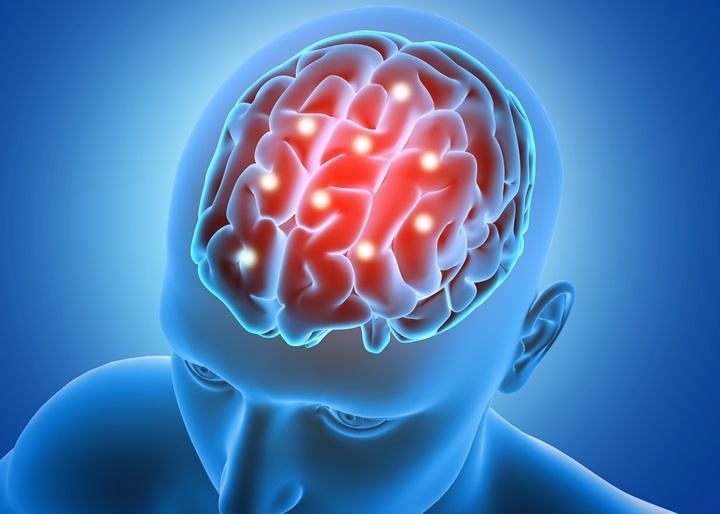
A team of researchers in Australia has managed to create brain-like tissue using stem cells. The innovative technique uses a 3D printer and bio-ink that was made using stem cells.
This breakthrough could help scientists create replacement brain tissue for patients. The technique could be used to treat patients who are suffering from conditions like epilepsy, Parkinson’s disease and schizophrenia.
The research team created their bio-ink using induced pluripotent stem cells (iPSCs). iPSCs are powerful man-made stem cells that can change into any other type of cell. They can be created from a patient’s own skin cells then transplanted back into the patient without the risk of rejection.
Because iPSCs can change into any other kind of cell, they are perfect for creating replacement tissue for a patient. Researchers believe that iPSCS may someday be used to create many kinds of replacement organs including hearts, eyes, skin, and livers.
Lead researcher, Dr. Jeremy Crook, says that creating the new tissue using stem cells obtained from the patient is crucial, saying: “(It) circumvents issues of immune rejection, which is common in organ transplantation,”
The researchers are particularly excited by the ways that this new procedure could help patients with neuropsychiatric disorders. These types of disorders occur when there is an imbalance in a person’s neurotransmitters.
For example, when a person has schizophrenia, the nerve cells that produce serotonin and GABA are defective. In people with Parkinson’s disease, the dopamine-producing cells are defective.
This new technique would allow doctors to print new neurones that produce serotonin, GABA, or dopamine. It is a fantastic breakthrough that could someday lead to a cure for many currently incurable conditions.
Source: Scientists create 3D-printed brain-like tissue from stem cells
{{cta(‘d59882b5-74e2-4033-be94-d4c340e1978c’)}}


